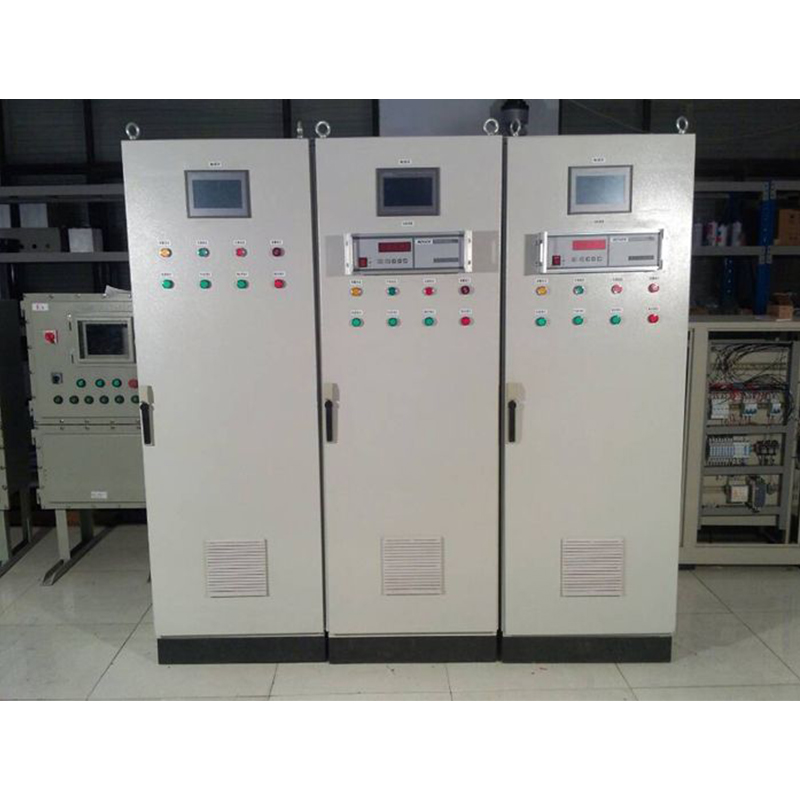
Nov . 17, 2024 09:42
Back to list
Safety Relief Valve for Gas Systems Maintenance and Operations Overview
The Importance of Gas Safety Understanding Safety Relief Valves
In the domain of industrial and domestic gas usage, safety is of utmost importance. One key component in ensuring gas safety is the safety relief valve, a crucial device designed to prevent excess pressure from building up within gas systems. This article aims to explain the importance, functionality, and maintenance of safety relief valves in gas systems.
What is a Safety Relief Valve?
A safety relief valve, often referred to as a pressure relief valve (PRV), is a critical safety device used to protect pressurized systems from catastrophic failures. These valves are designed to automatically release gas or steam when the pressure exceeds a predetermined limit. By doing so, they prevent the risk of explosions or equipment damage due to overpressure conditions. Safety relief valves are extensively used in various applications, including natural gas pipelines, chemical plants, and domestic gas appliances.
How Does a Safety Relief Valve Work?
The operation of a safety relief valve is relatively straightforward. Each valve is calibrated to open at a specific pressure, allowing excess gas to escape the system. When the pressure returns to a safe level, the valve automatically closes, sealing the system once again. This process occurs very rapidly, ensuring that the pressure does not reach dangerous levels.
There are two main types of safety relief valves spring-loaded and pilot-operated. Spring-loaded valves use a metal spring to hold the valve closed until the pressure exceeds the spring's capacity. In contrast, pilot-operated valves utilize a smaller valve (the pilot) to control the opening and closing of a larger valve, providing greater efficiency and responsiveness.
.
The significance of safety relief valves cannot be overstated. They serve several vital functions
صمام تنفيس أمان الغاز

1. Protect Against Explosions By releasing excess pressure, safety relief valves help prevent explosions that can arise from sudden pressure surges. This is particularly crucial in gas systems, where ignition sources are a constant concern.
2. Equipment Protection Many industrial systems rely on the integrity of their equipment for safe and efficient operation. Safety relief valves safeguard critical components by preventing excessive pressure that could lead to mechanical failures.
3. Compliance with Regulations Many countries have stringent regulations regarding gas safety. Installing safety relief valves is often required to comply with legal standards, ensuring that companies meet safety requirements and protect their workers and the environment.
Maintenance and Testing
To ensure that safety relief valves function correctly, regular maintenance and testing are essential. Routine inspection can help identify issues such as corrosion, blockages, or mechanical wear that could impair the valve's operation. Engineers recommend following the manufacturer's guidelines regarding maintenance frequency, but a general rule is to inspect safety relief valves at least once a year.
Testing methods include simulated pressure tests to ensure that the valve opens at the specified set pressure. In some industries, it may be necessary to conduct functional tests to ensure that the valve operates correctly under actual operational conditions.
Conclusion
In summary, safety relief valves play an essential role in the safe operation of gas systems. By preventing overpressure situations, these devices not only protect against potential disasters but also ensure the longevity of equipment and compliance with safety regulations. Proper maintenance and regular testing are vital to the effective functioning of safety relief valves, making them an indispensable component of gas safety protocols. As our reliance on gas continues to grow, understanding and implementing effective safety measures, including the use of safety relief valves, will remain critical in safeguarding lives and property.
Next:
Latest news
-
Safety Valve Spring-Loaded Design Overpressure ProtectionNewsJul.25,2025
-
Precision Voltage Regulator AC5 Accuracy Grade PerformanceNewsJul.25,2025
-
Natural Gas Pressure Regulating Skid Industrial Pipeline ApplicationsNewsJul.25,2025
-
Natural Gas Filter Stainless Steel Mesh Element DesignNewsJul.25,2025
-
Gas Pressure Regulator Valve Direct-Acting Spring-Loaded DesignNewsJul.25,2025
-
Decompression Equipment Multi-Stage Heat Exchange System DesignNewsJul.25,2025

